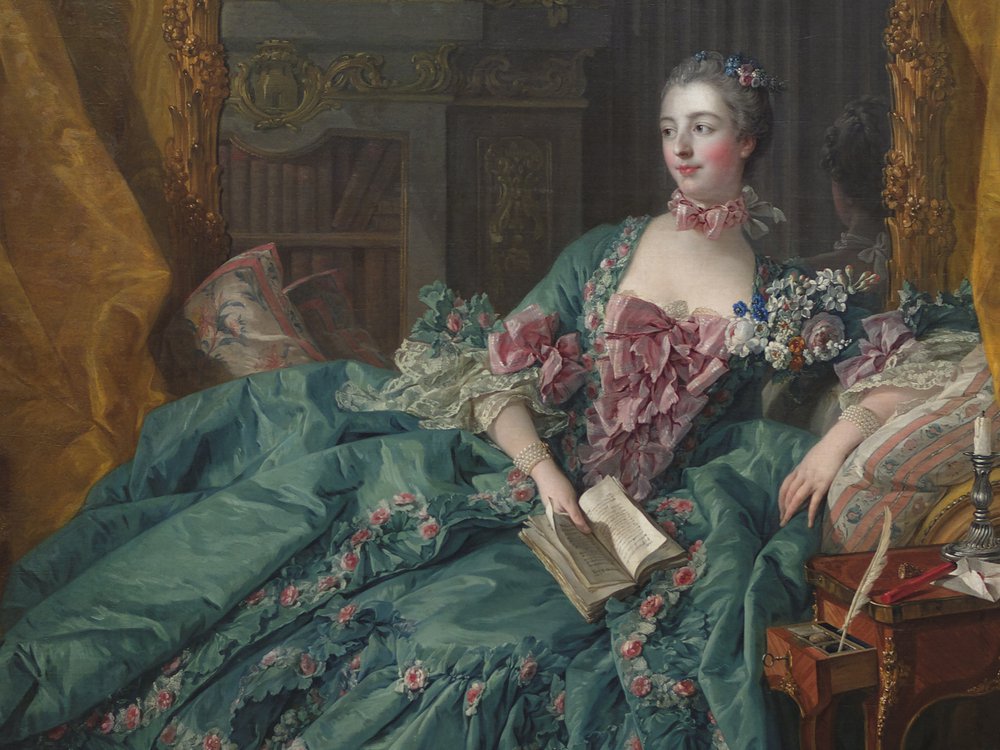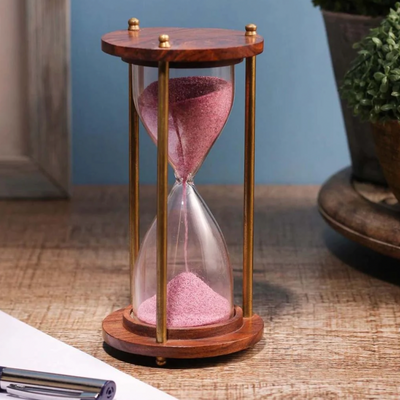An Overview of Rococo Art and its Defining Moments
Rococo is a distinctive style in interior design, the decorative arts, painting, and interior design that originally began in Paris in the early 18th century and was soon spread throughout France and later in other countries such as Italy, Austria and Germany. At the emergence point of the Rococo style represented a response against the clumsy design of Louis XIV’s Palace of Versailles. Several interior designers and painters such as Jean Berain, Pierre Le Pautre, Nicolas Pineau and J.-A. Meissonier invented a less heavier and more intimate style of decoration for the new residencies of the nobility of Paris.
The term "rococo" was coined in 1736 by Jean Mondon in his Premier Livre de forme rocquaille et cartel (First book of Rococo Form and Setting) with illustrations of the style used in architecture and interior design. The term originated from the French rocaille which means "shell work, pebble-work," that was used to describe High Renaissance fountains that used seashells and pebbles to create the decorative effect. Looking at its ornate qualities, it can be easily concluded that the main goal of Rococo style was to impress guests or onlookers.
Rococo art is known as the art of the aristocracy which is why we get to see the over-the-top nature of its characteristics. Rococo sculptures, furniture, or room ornamentation can easily be recognised by noticing the unique use of curvature, swirls, and asymmetry. Rococo paintings include elaborate themes such as celebrations, immersive atmospheres, outdoor events and so on. Fête galante paintings of the Rococo era were one of the most renowned parts of the Rococo art movement. Fête galante paintings essentially depicted outdoor pastimes of the aristocratic people as they were portrayed as enjoying life through various events, celebrations and parties.
Essentially, the Rococo style was made to impress and represent wealth and joy. The key characteristics of Rococo art are its ornamentation which depicts affluence, luxury and lavishness in great detail. Common themes of Rococo art include mythology, love, courtship, lavish events, and other many lighthearted themes. Rococo art and architecture carried a firm theater's influence that could be found in the distinct ways the painting and decorative objects were created with fully mesmerizing atmospheres.
Here are some of the defining moments of Rococo Art style:
1) Embarkation for Cythera (1717) - Jean-Antoine Watteau

One of the most renowned examples of Rococo art, this painting depicts a party of aristocrats returning from the mythical island of Cythera.
2) The Entrance to the Grand Canal (1730) - Canaletto

This noted landscape depicts the entrance to the Grand Canal in Venice. Their asymmetrical elements in the painting create a memorable movement and draw the viewer's eye into the distance that is accentuated by the perspective of the building.
3) Marquise de Pompadour (1756) - François Boucher

This is considered to be a typical Rococo portrait. The aristocratic woman seen in this painting is actually one of Louis XV's mistresses. She appears elegant, beautifully dressed and has a lap dog as all the aristocratic ladies used to have small lap dogs.
4) Soap Bubbles (1733-34) - Jean-Baptiste Simeon Chardin

A favourite of many, this painting shows two children at play. The color palette with multiple shades of rich brown and black, is accentuating the contrasting light and dull glow of the children's features so that the viewer becomes aware of the silent mischief and absorption in childhood play.
5) 1800s Rococo salon design

6) Rococo room of Louis XV

All images via Wikimedia Commons
Written by Ayusshi







Leave a comment